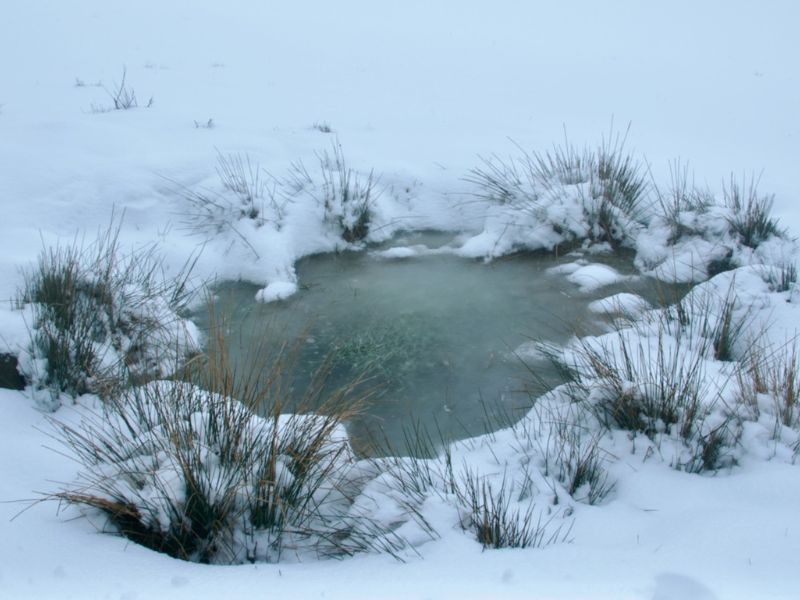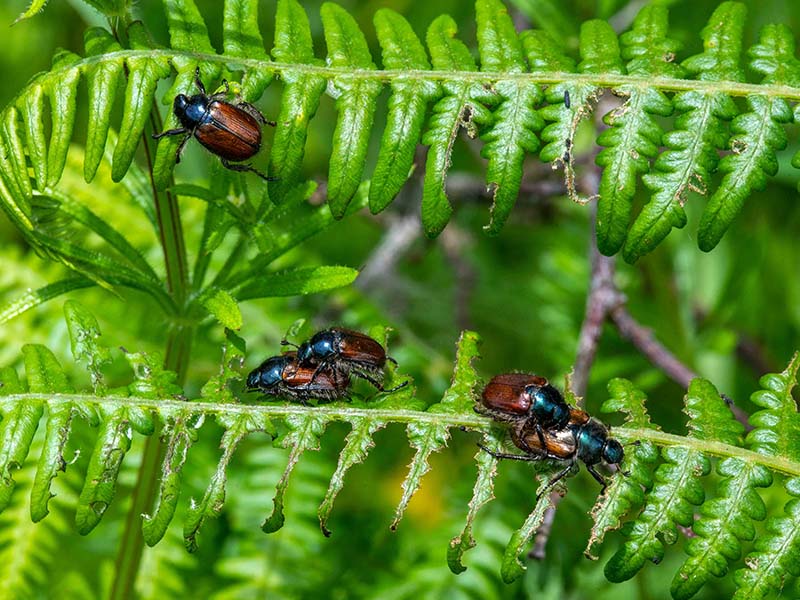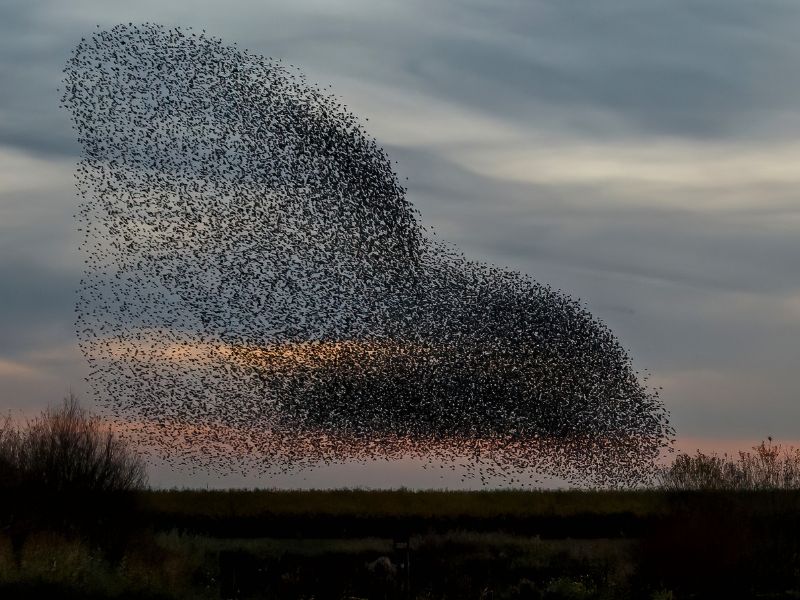Winter Wildlife Wonders

Winter Wildlife Wonders
By Tim Martin
The countryside in winter can seem a little lifeless. Walks are often head down, powering along against the elements, senses blunted by hats and hoods, in contrast to unhurried summer ambles, when there are flowers, butterflies and birdsong to distract eyes and ears. In winter, much of our wildlife may be dormant and hidden or gone to warmer climes, but this season has its own special beauty, and life can still explode into sudden and breath-taking spectacles.

Big Freezes are now scarce, even for upland farmers
With a warming climate, snow and ice doesn’t really define winter any longer in southern Britain, despite what Christmas card pictures might suggest. Dramatic freezes have become scarce, much to the disappointment of school children, and to the relief of our upland farmers. These days winter’s palette is more muted greens and browns rather than brilliant whites, but where the winter landscape still delights is in the wondrous structures it reveals. Stripped of foliage, the architecture of life is laid bare, with the woods and hedges displaying the beautiful patterns of their trunks and branches.

Winter Hedgerow at Dawn
The short cropped grass of winter pastures seems devoid of life. Even the best orchid meadow is completely barren, with the trimmed turf giving no hint of the glories that will spring from the ground in May. But life is still here, life that is a vital source of food for many birds, it’s just that the bugs are now under the ground rather than crawling or flying above it. Swooping Swallows, Swifts and Martins are replaced by tight little flocks of starlings, wheeling, strutting and pecking as they scour the ground for prey. And once the Redwings, Fieldfares and other thrushes have exhausted the hedgerow berries, they too join the starlings out in the fields. Then there are the rooks, crows, magpies and jackdaws, also pecking manically at the ground day after day, leaving little holes in the grass. As long as the ground remains unfrozen there’s plenty of nutritious food to be had here.
Worms are a welcome winter treat for all these birds, and there are caterpillars to be caught too, hidden deep in the clumps of grass. Many butterflies, including marbled whites, meadow browns and gatekeepers, as well as plenty of moths, spend the winter as caterpillars. There can be as many as 10 meadow brown caterpillars hiding in every square metre of a meadow. But deeper into the soil is the real treasure - weird-looking ghostly white creatures - leatherjackets and chafer grubs, and these can be much more numerous.

Starlings rely on underground bugs for their winter food
Chafers are a type of beetle whose larvae spend the winter underground eating plant roots. Garden Chafers are the commonest species, and the shiny copper and green adults swarm across many Farm Wilder fields in May and June in vast numbers, when they are a crucial food source for larger bats like horseshoes and serotines. Garden Chafer grubs can be incredibly numerous - 300 grubs per square metre isn’t unusual, and sometimes the density can be twice that. This makes them a serious pest for farmers, causing whole patches of grass to wither and die. The damage is especially severe in drought years, and I recently heard several farmers complaining about how bad it’s been this year, and I tried to reassure them that grateful birds should soon help restore the balance and allow the grass the recover.

Garden chafer beetles. Their grubs spend the winter underground - a vital food for birds
Chafer grubs are a brilliant example of the value of bio-abundance, where the quantity of one species is just as important as the total variety of species. This biomass of billions of beetles, crane fly larvae and worms, supports a whole ecosystem of over-wintering birds, and in turn a host of predators. It’s what draws millions of European starlings to Britain every winter, resulting in their famous murmurations, as shimmering flocks of up to 100,000 starlings descend on communal roosting sites every night, in reedbeds, old buildings and piers. Starlings rely on our farmers to create the short grazed grass they need to forage on, and to maintain the healthy soil in which all those worms and grubs can live. So next time you spot a spectacular murmuration, remember that they wouldn’t be here at all if it wasn’t for our livestock farmers and all those winter grubs lying hidden in their fields.



